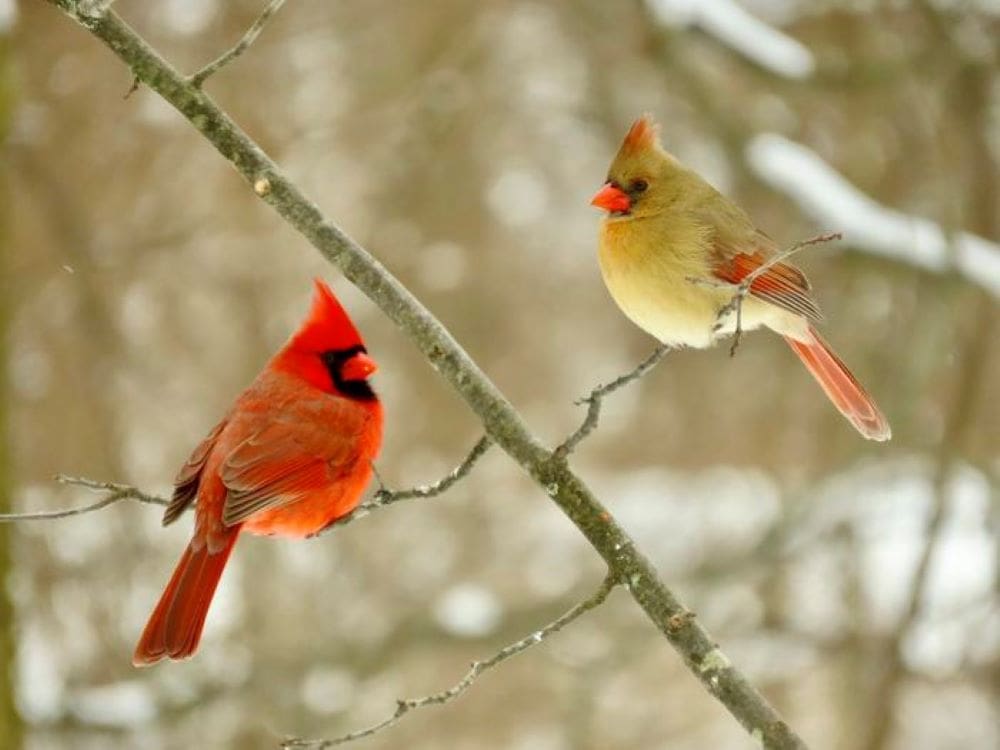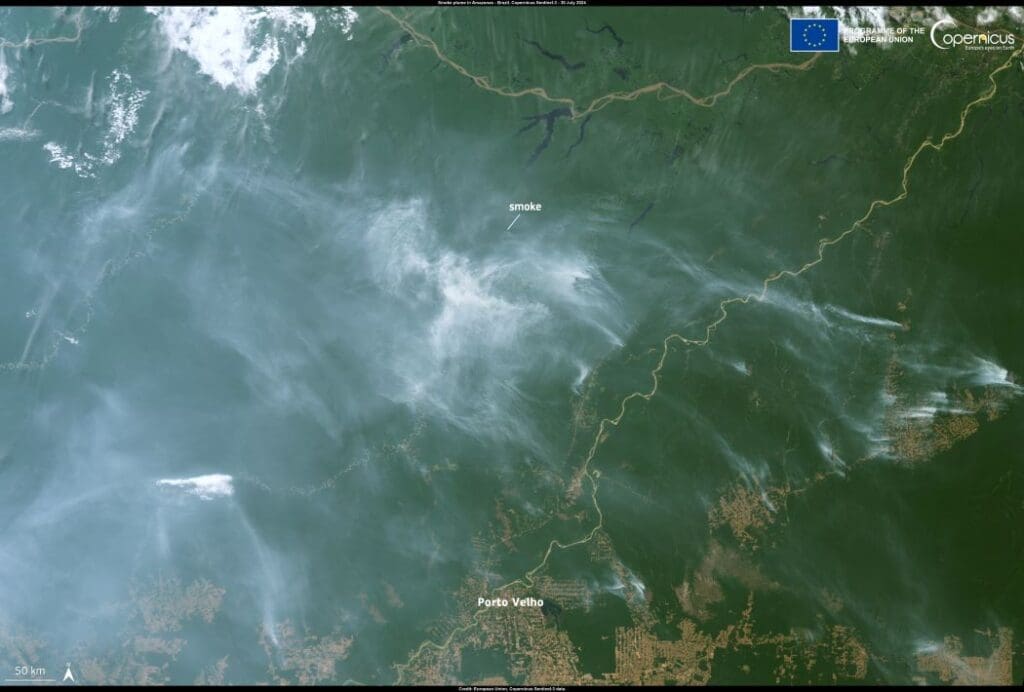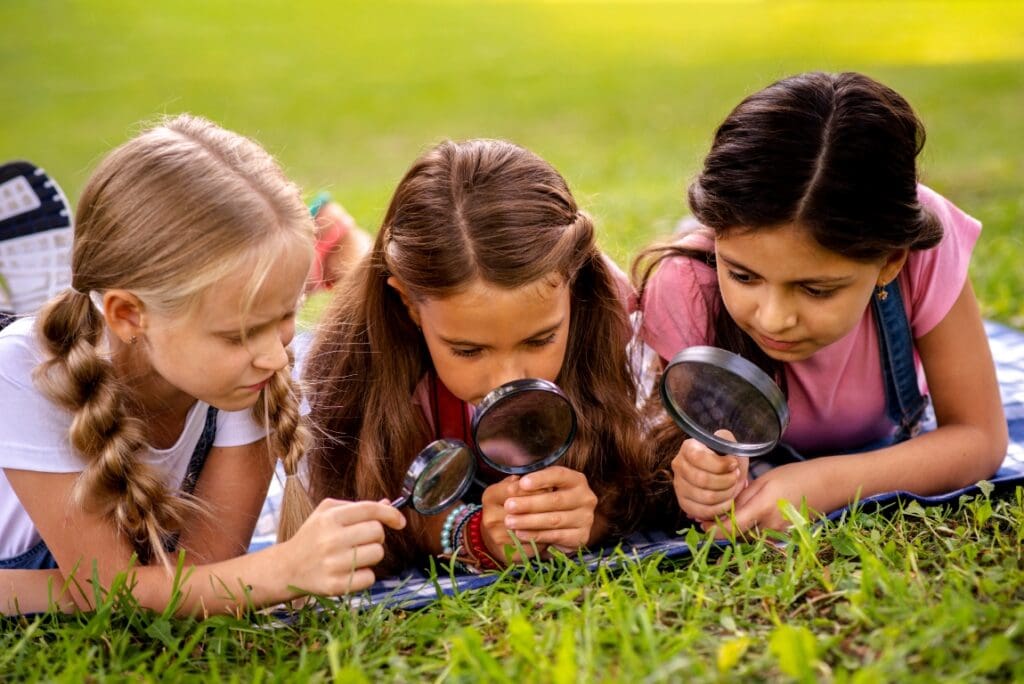Summary:
Birds adapt their life strategies to environmental conditions, with some species prioritizing rapid reproduction while others invest in longevity.
A new study published in Ecology Letters examines how climate variability influences these evolutionary choices. Led by researchers from Michigan State University’s Institute for Biodiversity, Ecology, Evolution, and Macrosystems (IBEEM), the study synthesized data from nearly 7,500 non-migratory bird species worldwide.
The findings reveal that birds in regions with frequent short-term temperature fluctuations, like finches and cardinals, tend to reproduce quickly, accepting shorter lifespans. Conversely, species in environments with long-term climate swings, such as sulfur-crested cockatoos, delay reproduction to endure tough years, banking on long lifespans. However, as climate change accelerates, both strategies face increasing challenges.
The research highlights how rapid environmental shifts may outpace birds’ ability to adapt, raising concerns about their future survival.
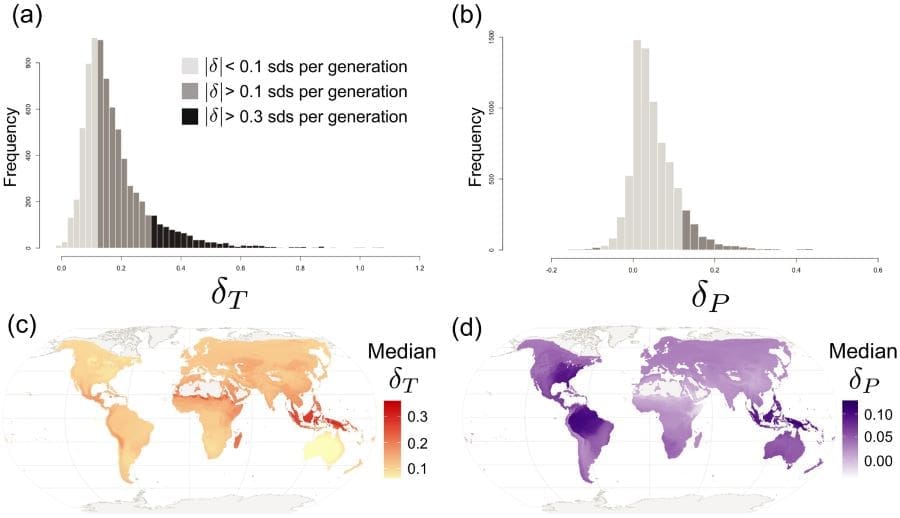
Environment nudges birds to fast, or slow, life lane
Birds worldwide make strategic decisions about how they live based on their environmental conditions. Some live fast, die young, and leave as many chicks as possible. Others live long and prosper by not breeding.
A new study of non-migratory birds provides clues about how climate change may affect the long-standing evolutionary strategies of feathered friends. The work is reported in this week’s Ecology Letters and was led by Michigan State University postdoctoral fellows of the MSU Institute for Biodiversity, Ecology, Evolution, and Macrosystems (IBEEM).
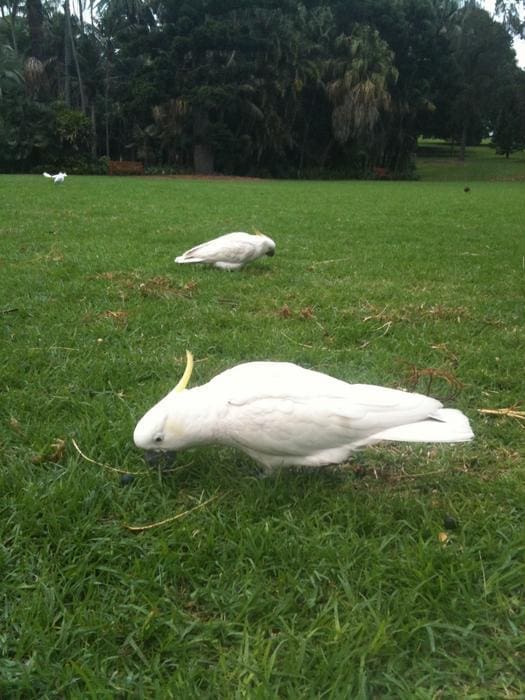
The group synthesized global data about nearly 7,500 bird species to better understand the link between the variability of a bird’s environment and the strategies birds choose to best hit the evolutionary jackpot by producing future generations and not going extinct.
“A lot of factors drive key components of life history,” said Casey Youngflesh, the study’s lead author. Casey was a postdoctoral researcher in MSU’s Ecology, Evolution, and Behavior Program and now is faculty at Clemson University. “We wanted to synthesize these global data resources to see what environmental factors shape biodiversity.”
That wrangling of big data makes the study the most sweeping in addressing the strategies of resident birds. Birds that live in areas where temperatures fluctuate a lot in a single year – like Michigan’s cold winters and hot summers, but also variation within those seasons – react to fast uncertainty by not counting on tomorrow. Like the finch or the cardinal, these birds put their energy and resources into making babies even if that means they won’t live long.
Birds that live a slower-paced life with big temperature swings across years, not months, hedge their bets by counting on toughing out a rough year by not breeding. For these birds, like sulfur-crested cockatoos, the confidence of a long life can allow them to make up their progeny production later.
Although long-lived species hedge themselves against bad years, they also adapt more slowly than short-lived birds. Whether short- or long-lived, the researchers found that most species are experiencing rates of climate change that they are unlikely to be able to adapt to. And, Youngflesh said, therein lies more questions.
As the Earth’s climate changes, will this change the odds of the bets animals make?
“If you only live a couple years, one bad year isn’t a big problem,” he said. “But if you have two or more bad years in a row, you are in trouble. In variable, unpredictable environments, it may pay to live a long time.”
It takes many generations for creatures to evolve, and scientists are trying to understand if this race pits evolution against climate change, to what degree, and which strategies might best position a creature for success.
IBEEM Director Phoebe Zarnetske noted that a broad view of Earth showed that these patterns exist across numerous ecosystems, including boreal forests, grasslands, and tropical jungles.
“This study provides important insights about the roles that climate change and variability have in shaping the patterns of life on Earth,” she said, noting it was a prime mission behind IBEEM’s funding of the study. “Importantly, an interdisciplinary approach — combining insights from ecology and climate science — was key to uncovering how organisms respond to climate variability.”
The study didn’t reveal precipitation as having a significant impact on strategies, co-author and climate scientist Lala Kounta says this opens discussion for future exploration, such as extreme events like heatwaves and drought are intensifying which are additional stressors for species.
“You have to understand these foundational theories before you can predict how things are going to change,” said IBEEM data scientist Kelly Kaspar. “Seeing through all the noise and finding patterns is critical, and this has been a rare opportunity to work with different disciplines — I’m in fisheries and wildlife, others are in integrated biology, geography, climate studies. There’s a lot of different expertise here.”
‘Environmental variability shapes life history of the world’s birds’ was also written by Adriana Uscanga, Peter Williams, and Jeffrey Doser. IBEEM is funded by an MSU Strategic Partnership Grant.
Journal Reference:
Youngflesh, C., Kapsar, K., Uscanga, A., Williams, P.J., Doser, J.W., Kounta, L. and Zarnetske, P.L., ‘Environmental Variability Shapes Life History of the World’s Birds’, Ecology Letters 28: e70077 (2025). DOI: 10.1111/ele.70077
Article Source:
Press Release/Material by Michigan State University
Featured image credit: Thomas Getty | Michigan State University | CC BY-SA

